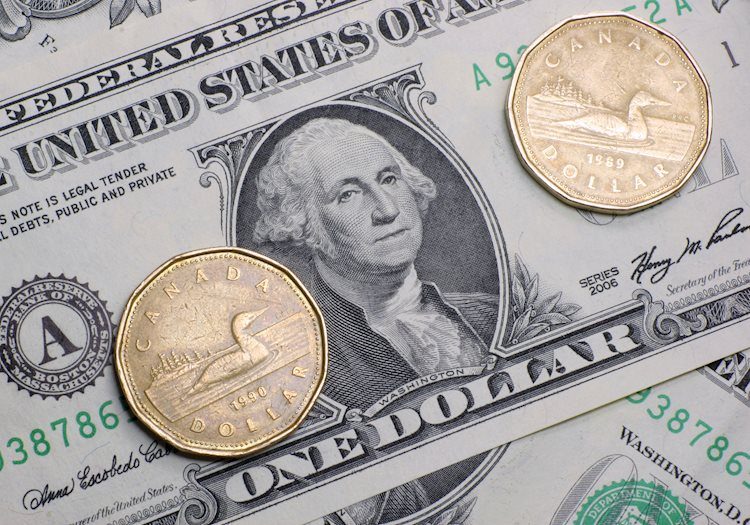- USD/CAD extends the rally to around 1.4000 in Thursday’s early Asian session.
- US CPI matched estimates in October.
- The expectation of a more aggressive rate cut from the BoC than the Fed, lower crude oil prices weigh on the Loonie.
The USD/CAD pair gains momentum to near 1.4000, the highest level since 2020 during the early Asian session on Thursday, bolstered by the stronger Greenback. The attention will shift to the US October Producer Price Index (PPI), which is due later on Thursday.
The US Dollar (USD) climbed to the highest level since November 2023 due to so-called Trump trades and US inflation data for October. Donald Trump’s victory in last week’s US presidential election sparked expectations of potentially inflationary tariffs and other measures by his incoming administration, boosting the Greenback.
US inflation increased as expected in October. Data released by the Labor Department’s Bureau of Labor Statistics on Wednesday showed that the Consumer Price Index (CPI) rose by 2.6% YoY in October, matching prior forecasts. Additionally, the core CPI, which excludes the more volatile food and energy categories, jumped by 3.3% YoY during the same period, in line with expectations. This report could result in fewer interest rate cuts from the Federal Reserve next year, which might lift the USD against the Canadian Dollar (CAD).
On the Loonie front, the expectation that the Bank of Canada (BoC) would keep on cutting rates faster than the Fed drags the CAD lower against the USD. The policymakers discussed the usual 25 basis point (bps) cut but saw a strong consensus among them for the larger step, the summary of deliberations said.
Furthermore, the decline in crude oil prices continues to undermine the Loonie as Canada is the largest oil exporter to the United States (US). The rebound in crude oil prices could support the CAD and cap the upside for the pair for the time being.
Canadian Dollar FAQs
The key factors driving the Canadian Dollar (CAD) are the level of interest rates set by the Bank of Canada (BoC), the price of Oil, Canada’s largest export, the health of its economy, inflation and the Trade Balance, which is the difference between the value of Canada’s exports versus its imports. Other factors include market sentiment – whether investors are taking on more risky assets (risk-on) or seeking safe-havens (risk-off) – with risk-on being CAD-positive. As its largest trading partner, the health of the US economy is also a key factor influencing the Canadian Dollar.
The Bank of Canada (BoC) has a significant influence on the Canadian Dollar by setting the level of interest rates that banks can lend to one another. This influences the level of interest rates for everyone. The main goal of the BoC is to maintain inflation at 1-3% by adjusting interest rates up or down. Relatively higher interest rates tend to be positive for the CAD. The Bank of Canada can also use quantitative easing and tightening to influence credit conditions, with the former CAD-negative and the latter CAD-positive.
The price of Oil is a key factor impacting the value of the Canadian Dollar. Petroleum is Canada’s biggest export, so Oil price tends to have an immediate impact on the CAD value. Generally, if Oil price rises CAD also goes up, as aggregate demand for the currency increases. The opposite is the case if the price of Oil falls. Higher Oil prices also tend to result in a greater likelihood of a positive Trade Balance, which is also supportive of the CAD.
While inflation had always traditionally been thought of as a negative factor for a currency since it lowers the value of money, the opposite has actually been the case in modern times with the relaxation of cross-border capital controls. Higher inflation tends to lead central banks to put up interest rates which attracts more capital inflows from global investors seeking a lucrative place to keep their money. This increases demand for the local currency, which in Canada’s case is the Canadian Dollar.
Macroeconomic data releases gauge the health of the economy and can have an impact on the Canadian Dollar. Indicators such as GDP, Manufacturing and Services PMIs, employment, and consumer sentiment surveys can all influence the direction of the CAD. A strong economy is good for the Canadian Dollar. Not only does it attract more foreign investment but it may encourage the Bank of Canada to put up interest rates, leading to a stronger currency. If economic data is weak, however, the CAD is likely to fall.
Read the full article here

